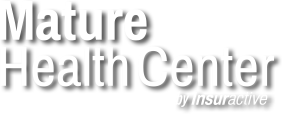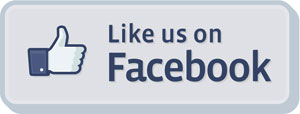Information you need to live a happy, worry-free retirement!
What are the Medicare Parts?
- Part A (Hospital Insurance)
Most people do not have to pay for Part A. - Part B (Medical Insurance)
Most people pay monthly for Part B. - Part C (Medicare Advantage Plans)
Medicare Advantage plans are offered by private insurance companies as an alternative to Original Medicare; plans are government subsidized and regulated. - Part D (Prescription Drug Coverage)
Part D Plans are offered by private insurance companies to provide coverage for prescription drug costs; plans are government subsidized and regulated.
Part A (Hospital Insurance)
Helps Pay For:
Care in hospitals as an inpatient, critical access hospitals (small facilities that give limited outpatient and inpatient services to people in rural areas), skilled nursing facilities, hospice care, and some home health care.
Cost:
Most people get Part A automatically when they turn age 65. They do not have to pay a monthly premium for Part A because they or a spouse paid Medicare taxes while they were working.
If you (or your spouse) did not pay Medicare taxes while you worked and you are age 65 or older, you still may be able to buy Part A. If you are not sure you have Part A, look on your red, white, and blue Medicare card. It will show "Hospital Part A" on the lower left corner of the card. You can also call the Social Security Administration toll free at 1-800-772-1213 or call your local Social Security office for more information about buying Part A. If you get benefits from the Railroad Retirement Board, call your local RRB office or 1-800-808-0772.
Part B (Medical Insurance)
Helps Pay For:
Doctors, services, outpatient hospital care, and some other medical services that Part A does not cover, such as the services of physical and occupational therapists, and some home health care. Part B helps pay for these covered services and supplies when they are medically necessary.
Cost:
Medicare beneficiaries pay a monthly part B premium. The monthly Part B premium for 2014 is $104.90 for most with incomes under $85,000 (single) and $170,000 (married). In some cases this amount may be higher if you did not choose Part B when you first became eligible at age 65. The cost of Part B may go up 10% for each 12-month period that you could have had Part B but did not sign up for it, except in special cases. You will have to pay this extra 10% for the rest of your life.
Enrolling in part B is your choice. You can sign up for Part B any time during a 7-month period that begins 3 months before you turn 65. Visit your local Social Security office, or call the Social Security Administration at 1-800-772-1213 to sign up. If you choose to have Part B, the premium is usually taken out of your monthly Social Security, Railroad Retirement, or Civil Service Retirement payment. If you do not get any of the above payments, Medicare sends you a bill for your part B premium every 3 months.
Part C (Medicare Advantage Plans)
People with Medicare can get their coverage through Original Medicare (the traditional fee-for-service program) or they can opt to get it from private plans known as Medicare Advantage plans or Medicare Part C. Depending on where you live, you may be able to enroll in a Medicare Advantage Plan offering one or more of the following types of health care: HMO, PPO, PFFS, MSA.
When you join a Medicare Advantage Plan, you use the health insurance card that you get from the plan for your health care. In most cases, Medicare Advantage offers benefits and lower co-payments than Original Medicare. However, with PPO and HMO plans you may have to see doctors that belong to the plan or go to certain hospitals to get services or risk higher out-of-pocket expenses for going "out-of-network". PPFS plans enable you to see any health care provider that accepts Medicare assignment as well as the terms and conditions of the PFFS Plan.
Medicare Part D (Prescription Drug Coverage)
Medicare Part D is the federal government's prescription drug program that covers both brand-name and generic prescription drugs at participating pharmacies in your area. The coverage is available to all people eligible for Medicare, regardless of income and resources, health status, or current prescription expenses. Medicare prescription drug coverage provides protection for people who have very high drug costs.



